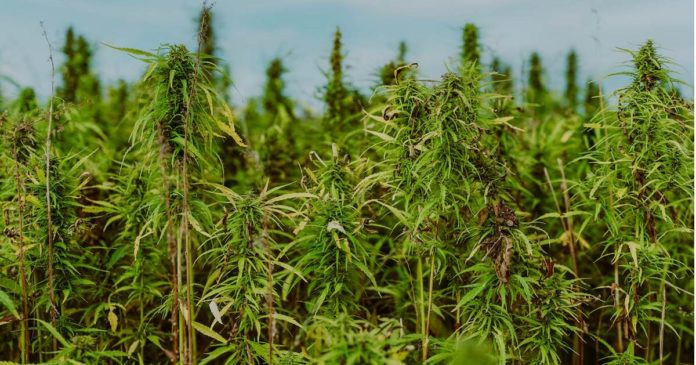The Federation of International Hemp Organizations (FIHO) wants to address ongoing confusion between hemp and other forms of cannabis.
Hemp is cannabis, as is marijuana – the difference between them legally speaking is their tetrahydrocannabinol (THC) content, with THC being the best-known intoxicating cannabinoid. The threshold can vary between jurisdictions and confusion between the two is still very common, even among lawmakers and regulators within those jurisdictions.
Definitions can also leave wiggle room for exploitation. An example of this is the “delta-8” THC controversy in the USA that has occurred as a result of that country’s federal definition only mentioning delta-9 tetrahydrocannabinol when setting the legal threshold.
FIHO says the overall situation has contributed to putting the brakes on innovation, production and the incorporation of hemp into global supply chains. The organisation has recently adopted a position on hemp terminology intended to help policy makers and stakeholders use a common language when referring to the crop and products made from it.
“Humankind’s global relationship with hemp spans millennia; with production and trade in a large array of hemp products, used for many purposes across time, continents, and civilizations,” said FIHO Board Chair. “It is about time that we use the same language and terminology across continents to define hemp in all its aspect!”
One of the recommendations is to define hemp as a Cannabis sativa L. plant or any part of the plant in which the concentration of tetrahydrocannabinol in the flowers and leaves or the inflorescence is not more than the regulated maximum level as established by authorities having jurisdiction.
FIHO also recommends a regulatory system be adopted whereby crops are differentiated based on use/purpose, so as to relieve pollinated hemp from the burdens of “scientifically unnecessary” testing.
The organisation says its recommendations will assist with the adoption of appropriate regulations with targeted and fit-for-purpose differences between “high-THC” cannabis and hemp crops.
“The basic concepts and terms we recommend are universal in nature and provide grounds for the consistent and sustainable development of the global hemp industry, without prejudice of other cannabis-related aspects and regulations.”
The next steps for FIHO include communicating with policy makers both at national and international level its recommendations.
FIHO’s position paper on hemp terminology can be viewed here.


